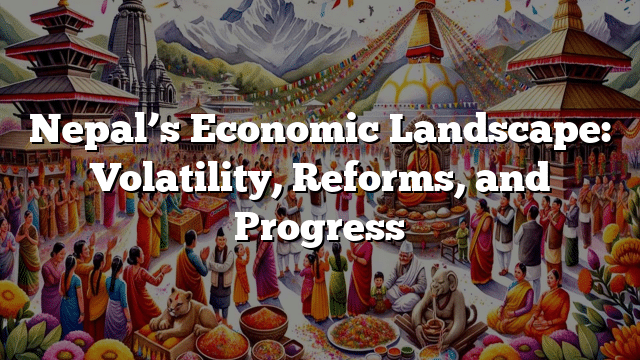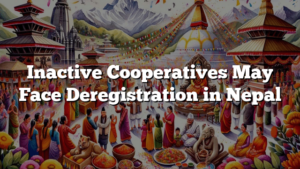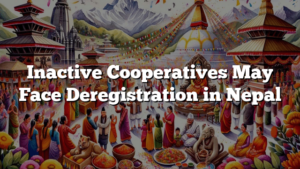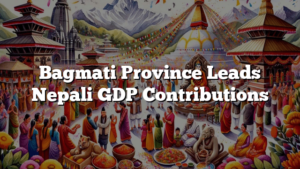
Nepal’s economic landscape has been marked by volatility and strategic planning, as the nation navigates global instabilities, domestic reforms, and sectoral advancements. The fluctuations in gold prices, mirrored by the NEPSE index’s volatility, underscore the market’s sensitivity to geopolitical tensions, monetary policy shifts, and economic uncertainties.
Amidst this dynamic environment, Nepal unveiled its new fiscal budget for 2024/2025, emphasizing economic reforms, sectoral growth, and social welfare. Finance Minister Barshaman Pun projected a 6% economic growth rate for the upcoming fiscal year, highlighting the need for collaboration between the government and the central bank to maintain price stability and protect consumer purchasing power.
The Rs. 1.86 trillion budget allocation reflects a comprehensive approach, with 61.31% earmarked for recurrent expenditures, 18.95% for capital expenditures, and 19.65% for financial management. To finance these expenditures, the government aims to generate Rs. 1.26 trillion from tax revenues, supplemented by internal and external borrowing, as well as foreign grants.
Throughout the week spanning May 26th to May 31st, gold prices experienced notable swings, reflecting investors’ cautious optimism and flight to safety amidst escalating global trade disputes and geopolitical risks. Prices soared from Rs. 136,900 per tola on Sunday to a peak of Rs. 142,200 per tola on Friday, underscoring the market’s sensitivity to external factors.
The NEPSE index, too, mirrored this volatility, experiencing significant dips and sporadic rebounds, reflecting prevailing caution and skepticism among investors. These market movements highlight the importance of vigilance, strategic planning, and a nuanced understanding of market dynamics in navigating the uncertainties ahead.
Nepal’s new fiscal budget outlines a holistic economic strategy, encompassing five strategic priorities: spearheading economic reforms and bolstering the private sector, prioritizing key sectors like agriculture, energy, IT, tourism, and industry, strengthening social welfare through investments in education and healthcare, ensuring inclusivity and robust social security measures, and elevating governance standards alongside refining public service delivery mechanisms.
Complementing these priorities are five economic reform strategies, including structural reforms, fostering a conducive business environment, revamping public finance, undertaking financial sector reforms, and modernizing public administration. These strategies converge with five transformative sectors: sustainable agriculture, energy self-sufficiency and innovation, digital transformation through IT, tourism-driven economic prosperity, and entrepreneurship and industrial development for economic diversification.
In a significant milestone for the energy sector, Nepal’s decision to export around 400 megawatts of electricity to India daily showcases the country’s ability to utilize its natural resources for domestic and regional energy security. This export-oriented strategy, coupled with ambitious expansion plans, underscores Nepal’s dedication to sustainable energy development and the utilization of its hydropower potential for national and regional interests.
The tourism industry has also seen a surge, welcoming over half a million foreign visitors in the past five months, though May’s figures saw a slight dip to 90,211. While India leads with 148,861 tourists, fluctuating monthly numbers highlight vulnerabilities in the sector, necessitating sustainability and diversification strategies to ensure sustained growth and community benefit.
As Nepal navigates this multifaceted economic landscape, the government’s strategic approach, encompassing fiscal prudence, sectoral prioritization, and social welfare considerations, underscores its commitment to inclusive and resilient economic development. However, vigilance and adaptability remain key as global and domestic dynamics continue to shape the nation’s economic trajectory.
Related:



